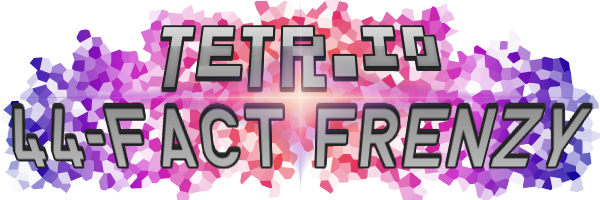This question comes up from time to time, mostly from people who haven't been in the community much. With the recent release of the Tetris movie all about the legal rights behind Tetris, I thought it'd be interesting to go over what exactly the Tetris company owns and doesn't own, and how TETR.IO can exist alongside licensed Tetris games.
NOTE: I am not a lawyer, and this blogpost does not constitute legal advice. These're just my personal ramblings, so please don't interpret them as anything more than an opinion piece.
A little backstory
Tetris is among the largest genres (as a subgenre of the falling block puzzle genre). There are literally thousands of Tetris games, with new ones created on a daily basis. Tetris is, at its core, an easy game to create, and one that's very often used by new programmers to get into games programming. This all makes sense, considering the game is 38 years old by now, originally made in 19851 in Russia to run on, well, the hardware at the time! And yet, the game, in what's mostly still its original format, lives on and on.
1: Not 1984. The 6/6/1984 date is made up by The Tetris Company for the sake of a 25-year anniversary party at E3 2009, nothing more. Before this E3, official sources repeatedly state 1985, and sources close to Alexey also corroborate this. Read more here.
Tetris has always had legal troubles—if you've watched the 2023 Tetris movie, you'll know the gist of it. The movie uh, exaggerates things a bit, but getting the legal rights to the game was definitely tricky, with a ton of confusion as to who exactly has the rights to the game. It was Dutch game designer Henk Rogers who managed to come out on top and put together The Tetris Company (which I'll refer to as TTC from hereon out for brevity), mainly after recovering the rights to put the game onto the Game Boy as its pack-in title, which gave the game center stage and made it into the massive genre it is today.
Of course, that was 38 years ago. The question of what rights existed to Tetris was already a tough one then, and the situation has only become more complicated. Let's see exactly what intellectual property rights TTC could be holding on the concept of Tetris, and analyze them one by one to narrow them down.
Copyright
Copyright does not protect concepts or systems. To quote the U.S. Copyright Office FL-108:
Copyright does not protect the idea for a game, its name or title, or the method or methods for playing it. Nor does copyright protect any idea, system, method, device, or trademark material involved in developing, merchandising, or playing a game. Once a game has been made public, nothing in the copyright law prevents others from developing another game based on similar principles.
Simple, huh. Copyright law does not protect the concept of Tetris in any way. Copyright only protects specific works. For example, the blockskin (the image that makes up the blocks) in a game, the writing of a game's manual, or the specific programming code of a certain game. Copyright protects a lot, but it does not protect the game's concept itself.
However, don't forget the concept of copyrightable expression. This concept states that despite the fact copyright doesn't cover concepts, it does cover the expression of those concepts, if done in a way uncommon to the genre. For example, while the concept of a health system isn't copyrightable, and nor is a simple progress bar to display health (because everyone does it), a special health bar that looks wildly different from any other you generally see in games may be copyrightable as a design work, for the amount of "abnormal" expression it adds to the basic concept of a health bar is notable. Tetris does no such thing, the few artistic choices it makes are very much standard decisions that either hold no artistic value or are made out of simplicity/necessity. We'll get back to this in a moment, as there's another concept very similar to this one.
Patent
The main (and practically always only) way to protect a concept or invention is by means of a patent. Patents are specifically made to protect a concept, system or invention for 20 years, after which it enters public domain.
Tetris, being made in Soviet Russia, is not patented. Even if it was, said patent would have expired almost two decades ago. Therefore, patent law only encourages competition in this scene.
Note: TTC does have some patents regarding specific types of touch controls for mobile Tetris. However, nothing that protects the game itself.
Trade dress
Here's the interesting one. When it gets down to the wire, TTC likes to claim trade dress. Trade dress is a type of trademark. Trademarks are a type of intellectual property to protect your brand and its identity. Most people will know trademarks for logos and business names, but trademark law also protects the "look and feel" of your brand, called the trade dress. For example, take Coca-Cola. The curved shape of the bottle, the deep red label with white cursive text. It's distinctive and noticeable from afar, and creates a brand identity that goes deeper than just the name "Coca-Cola", the logo, or the product itself.
Every element to be protected by trade dress has three requirements:
- The element must be non-technical. Changing or removing it must not alter the base product in any way.
- The element must be meaningful to public recognition. That is, people recognize the product/brand based on this element.
- The element must be confusing if copied. If copying this element doesn't confuse customers of the source of the product, it does not infringe trade dress.
Let's apply this to the Coca-Cola example and see how trade dress works when all three requirements are fulfilled:
- The way the bottle looks, and its label, has no effect on the actual product, the contents of the bottle, and is as such non-technical.
- The shape of the bottle and especially the color of the label is very distinctive, and many people recognize the Coca-Cola section of the aisle from far away in a supermarket. It is very much meaningful.
- Copying these elements would create severe confusion, as people have become accustomed to the branding of Coca-Cola. If a customer grabbed a curved bottle with red/white label and it turned out to be Pepsi, they would be rather confused.
So that's how trade dress works, and how it protects brands against people leeching off of their visual identity and people's recognition. Now for the interesting part, we'll go through the concept of Tetris, and see how much of it falls under trade dress. We'll work by process of elimination, since all elements must fulfil all requirements.
Let's begin with the second requirement, the meaningfulness requirement. Let's quickly think of what elements of Tetris are the ones that people recognize the game by. There's a lot of elements to Tetris, but most of them aren't what drive public perception, after all. I think it's fair to narrow down Tetris, and the elements that people recognize it by, to the following:
Tetris is a game where you move and rotate square geometric shapes, which fall to the bottom of the screen and pile up. If a line is filled horizontally, it disappears and the player receives positive feedback. If the shapes reach the top of the play area, the player receives negative feedback.
I believe this to be a very apt representation of the elements of Tetris. Removing any element here would stray so far that people would stop calling it Tetris—for example, if the shapes weren't simple geometric shapes, people would no longer recognize a still image as Tetris. Similarly, if pieces didn't pile up, people would stop believing it's Tetris after seeing even the smallest bit of gameplay. At the same time, any additional other elements added to this (colors, hold piece, other rules, effects, specific ways the game rules work, etc.) are extras and don't impact people's recognition of the game. For example, the dimensions of the screen don't matter, as people would recognize these elements as Tetris on a wide board just as well as they would on a thin one.
So that narrows down our list of trade dress elements to those few. Now to get to the first requirement, the non-technicality requirement. Is there any element here, that if changed, doesn't impact the game in any way? Are there any elements here that are only cosmetic? Try it, look at the outline above and try to come up with a change to them that wouldn't impact the game in any way. ...It doesn't exist. There are no elements to Tetris that are both meaningful and non-technical. By the way, you can use this same technique on the "copyrightable expression" idea for all of these. You'll find every artistic decision is either meaningless or made out of necessity.
Trademark
Tetris, however, is covered by trademark! As in, the name "Tetris" is, and so is the logo. Well, in theory if the game rules are proven in court to be unprotected, there is a path for the name "Tetris" to be unprotected as well, as becoming a generic word to describe the game genre. But, proving the genericization of the trademark is a bit tougher than proving the lack of protection on the game itself.
The DMCA problem
So there you have it. TTC essentially only controls the trademark on the word Tetris and the logo. And yet, there's a problem.
DMCA.
DMCA law is pretty simple. It states that, if some company (the "platform") publishes someone's (the "uploader"'s) content on their behalf, then a rightholder can send the platform a takedown request, and as long as the platform always agrees and takes it down immediately, the platform will not get in trouble. In essence, it means that as long as the platform complies with all takedown requests, they can't be sued, a "safe haven" of sorts. It also gives the uploader the ability to send a counterclaim, which is sent back to the rightholder, who can either accept the counterclaim (or not respond within 2 weeks) or send the case to court. If the case is taken to court, the content will remain taken down until the court reinstates it.
...Uh oh. That text in bold is a bit more crucial than you might think. Because while content is taken down, it cannot be monetized. And court cases are expensive. There's a deep-rooted problem here...
Let's explain. Imagine you are a small game studio, and you make a tiny mobile game. You put some ads into it, and somehow, the game actually does kinda well! You manage to make enough to pay everyone, when suddenly—! Some crazy company (let's call them "Big T") sends Apple a DMCA takedown notice! Of course, you know you haven't actually infringed their rights, but Apple wants to keep their own safe haven, so they remove your content. Your revenue drops to 0 within the blink of a second. Of course, you send a counternotice! You're in the right, there's no denying that!
Following the standard procedure, the counternotice is sent over to Big T, who promptly deny it and take you to court, while your revenue is still sitting at 0. Now, you are at a crossroads. Big T has a lot of money, and they will stall the court case for as long as they please. You, on the other hand, have very limited assets, and every minute spent in court you are bleeding money, creeping closer to going bankrupt. What do you do? Do you fight and go bankrupt, or do you give up?
This is the decision that faced Xio Interactive for their mobile game Mino, when the case Tetris Holding, LLC v. Xio Interactive, Inc. was opened against them following their counternotice. Of course, Xio Interactive had no choice and did not oppose practically any of the claims TTC made, to let the case end as swiftly as possible. It's a massive shame that instead of seeing the deserved upset, TTC sees a victory based on technicalities giving them an unfair edge.
Most people receiving a DMCA don't even get to this point. Almost nobody bothers to send a counterclaim. Not because they don't believe in their own case, but because they know the system is rigged against them. TTC, on the other hand, like all large rightholders, loves this. They send out mass DMCA requests, because they know it's safe. They know that most people won't fight back, and that even if they do, they're at such a disadvantage that there's no danger to TTC at all.
You might think this is uncommon, but TTC has become very ligitious lately following a long hiatus. From taking down simple fan projects to stopping a new game (Tetra Online) from blooming, TTC is once again very much interested in ensuring they get no competition at all.
TETR.IO and The Tetris Company
So where is TETR.IO in all this? Well, I simply ensure it's not easy to strike me in a way that puts me at a disadvantage. I don't use software distribution platforms like Steam (despite even having been invited to such platforms), nor do I publish for mobile app stores. Doing so would put me at risk of becoming the underdog in a DMCA lawsuit, which is an impossible task to win unless you already have the assets.
Instead, TTC would have to sue me directly, which would put us at equal footing. Considering how much TTC has to lose if they were to lose a lawsuit over their IP, this is not a fight they're willing to pick.
...And nor am I. I respect the work of The Tetris Company in many areas, allowing us to enjoy this quite special genre which might otherwise have never left Russia. I much prefer this laissez-faire situation over one of constant legal battle. Rather, this post is an appeal, in the hopes it might help give Tetris back to the community. I would love to see a future in which TTC works together with the community to elevate Tetris to be truly something special, to be more than "that game everybody knows but only plays once every 5 years".
...Or at least that they stop thinking anybody wants a Tetris waffle maker.

Image credit: Firebox
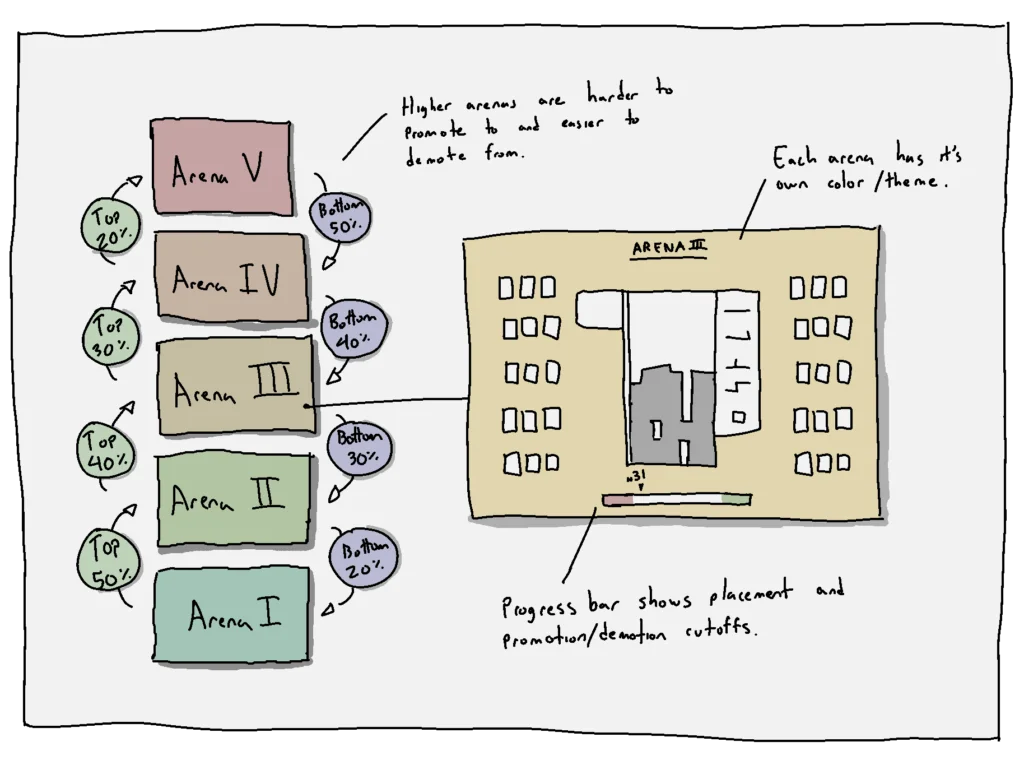
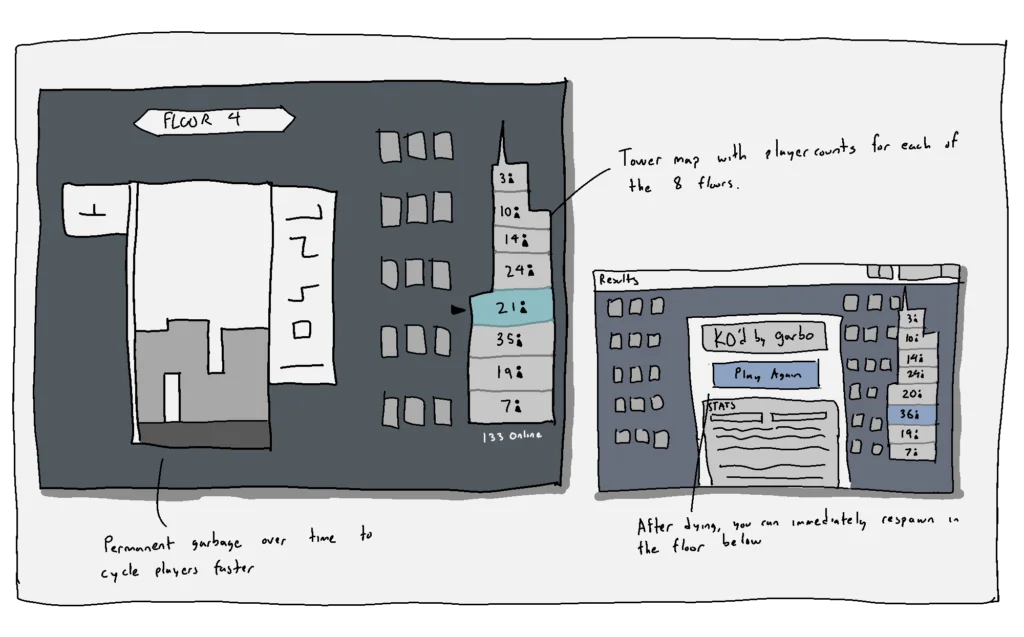

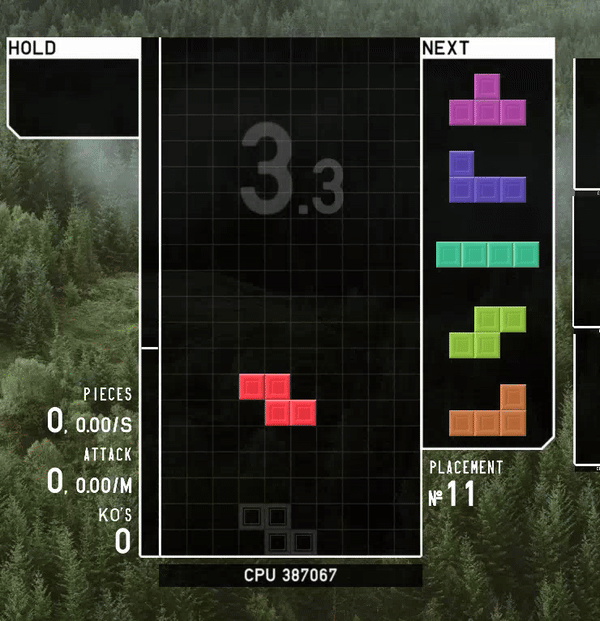
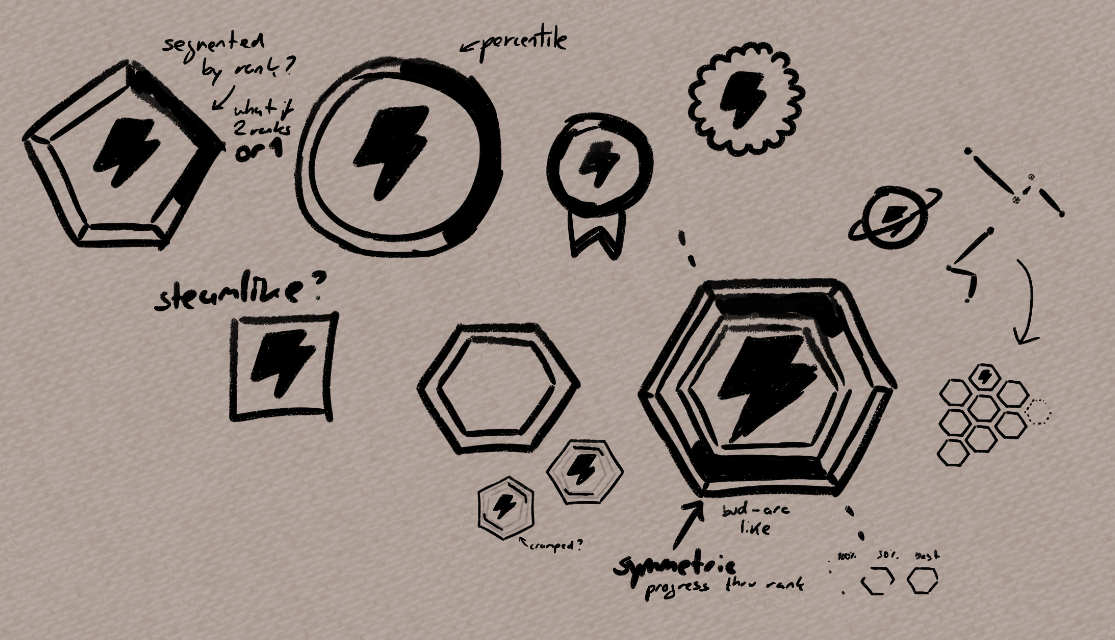


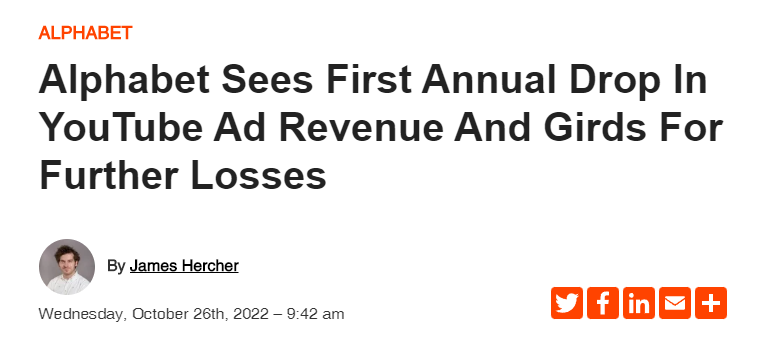











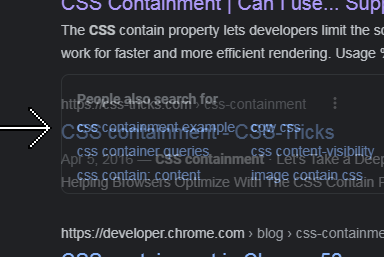


 From about 12K users daily to easily hitting 46K users daily!
From about 12K users daily to easily hitting 46K users daily!






 Planned for later: this won't be available until after release. But, it is something I hope to do.
Planned for later: this won't be available until after release. But, it is something I hope to do. Development has not yet started: this is planned, but work on the feature has not yet started.
Development has not yet started: this is planned, but work on the feature has not yet started. Development has started: this feature has its framework set up and is being worked on.
Development has started: this feature has its framework set up and is being worked on. Development underway: this feature is starting to become reality and has minor functionality ready to implement.
Development underway: this feature is starting to become reality and has minor functionality ready to implement. Development nearing completion: most of this feature is implemented, but it is not yet ready for release.
Development nearing completion: most of this feature is implemented, but it is not yet ready for release. Rough version complete: this feature is fully implemented, but may be overhauled - it's ready for an alpha release, but should be polished more.
Rough version complete: this feature is fully implemented, but may be overhauled - it's ready for an alpha release, but should be polished more. Fully complete: this feature is fully implemented and polished!
Fully complete: this feature is fully implemented and polished!


![me [AT] osk [DOT] sh](https://kagari.moe/outer_assets/blog/memail.png)





